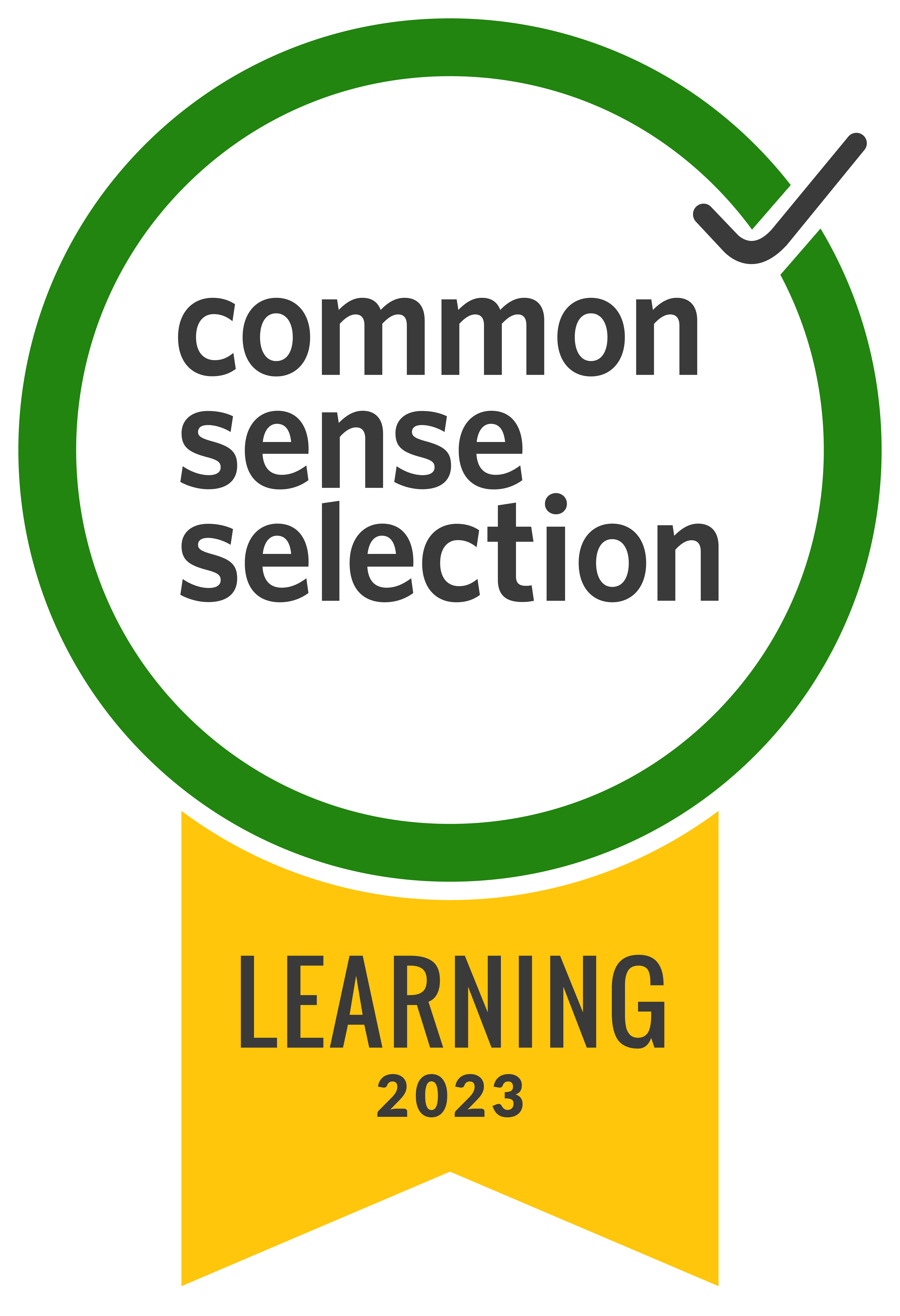
Screencasts have become a powerful tool for communication, education, and business. From using it to create instructional videos, product demonstrations, or marketing materials, the ability to effectively capture and share your screen is essential.
Visual elements can help viewers grasp complex concepts or processes more easily. Using annotations and visual aids lets you break down information into smaller, more digestible chunks, making it easier for viewers to follow and understand.
Annotations and visual aids can significantly enhance the clarity and engagement of your screencasts. By highlighting key points, providing explanations, and adding visual cues, you can make your content more accessible and interesting to viewers.
Understanding Annotations and Visual Aids+
Imagine you are creating a tutorial on using a new software application or a popular screen recorder for PC. To make the tutorial as clear and informative as possible, you could use arrows and text boxes to point out the specific buttons, menus, or actions viewers need to take.
You can also add annotations to add explanations or tips that can help viewers better understand the software's features and functionality. Using annotations and visual aids can significantly enhance the clarity, engagement, and accessibility of your content.
Choosing the Right Annotations and Visual Aids
To start, you must choose the right annotations and visual aids. It can be helpful to know when an information needs annotations for audiences to understand the topic better. The type of annotations and visual aids you choose should align with the nature of your content. For example, technical tutorials may benefit from diagrams and flowcharts, while marketing presentations might require more visually appealing elements like images and animations.
- Consistency: Sometimes, it might be glaring in the eyes to see the the visual aid jumping from one style to the other. Ensure that your annotations and visual aids are consistent with the overall style and theme of your screencast. This will create a cohesive and professional look. A part of consistency comes with the color scheme and font choice.
- Style and Theme: Fonts are also important to complement the overall design of your screencast. This includes the font size and placement for the annotations and visual aids. Overly decorative fonts can be difficult to read for the audience, so it is important to have fonts that are simplistic and readable. Choose colors that are easy to read and visually appealing and avoid using too many contrasting colors that can be distracting. Having a personalized style to your visual aids can have a great impact for your audience.
- Relevance: It might get confusing for the audience to look at visual aids that are not needed in the topic. Ensure that your annotations and visual aids are directly relevant to the content of your screencast. There is no need to include unnecessary elements that can clutter the screen and confuse viewers.
- Clarity: The goal is to use annotations and visual aids for the audience to digest the information better. Make sure your annotations and visual aids are clear and easy to understand. Never use overly complex or ambiguous language.
- Engagement: Annotations and visual aids can also be used to break up long stretches of narration and keep viewers engaged. Consider using animations or transitions to add visual interest.
Using Annotations and Visual Aids Effectively
.jpeg)
Visual aids can make learning more engaging and interactive, leading to increased student participation and motivation. When learners are actively involved and interested in the material, they are more likely to retain information and achieve better results. A study found that 75% of students and teachers agreed that visual aids help clarify content, while 70% noted that they enhance motivation in learning environments.
How to Use Annotations and Visual Aids Effectively:
- Plan Ahead: Before you start recording, consider the specific goals of your screencast and identify the areas where annotations and visual aids can add value.
- Choose the Right Tools: Many screencasting software programs offer built-in annotation and visual aid tools. If your software doesn't have these features, you can use external tools or create them manually.
- Keep it Simple: Avoid cluttering your screencast with too many annotations or visual aids. Use them sparingly and strategically to highlight the most important points.
- Be Consistent: Use a consistent style and format for annotations and visual aids throughout your screencast to maintain a professional and cohesive appearance.
- Test and Refine: After creating your screencast, review it to ensure the annotations and visual aids are clear, effective, and don't detract from the overall message. Make any necessary adjustments to improve the quality of your content.
Examples of Annotations and Visual Aids:
- Text Boxes: Use text boxes to add explanations, definitions, or additional context to your screencast.
- Arrows and Lines: Point out specific areas of your screen or connect related elements using arrows and lines.
- Shapes: Use shapes like circles, squares, or rectangles to highlight important sections or create visual guides.
- Highlighters: Use highlighters to emphasize key text or areas of your screen.
- Callouts: Add callouts to draw attention to specific elements or provide additional information.
- Images and Diagrams: Incorporate relevant images or diagrams to illustrate complex concepts or provide visual references. Select images and diagrams that are visually appealing and consistent with the overall tone of your content. Most importantly, always respect copyright laws. Use images and diagrams that you have the right to use or obtain appropriate permissions.
Overcoming Challenges in Using Annotations and Visual Aids
.jpeg)
Practice and experiment with different techniques to overcome challenges. Consider seeking guidance from experienced screencast creators or online resources. Additionally, planning and setting aside sufficient time for editing and refining your screencasts can help you avoid common pitfalls.
- Overusing Annotations and Visual Aids: It's important to balance between using enough annotations and visual aids to clarify your content and avoiding excessive clutter that can distract viewers.
- Technical Difficulties: Using annotation and visual aid tools can sometimes be technically challenging, especially if you are new to the software or encounter compatibility issues.
- Design Challenges: Creating visually appealing and effective annotations and visual aids can be challenging, especially for those without a strong design background.
- Time Constraints: Incorporating annotations and visual aids into your screencasts can be time-consuming, especially if you create complex or lengthy content.
Annotations and visual aids can give your screencasts a more polished and professional appearance which can help you establish credibility and build trust with your audience. In order to create well-crafted annotations and useful visual aids, you need to understand how it can work for your benefit and for the benefit of your audience. Understanding the different types of annotations and visual aids can help you choose the most appropriate elements to match your content and audience, ensuring that your message is effectively conveyed.
By mastering the art of using annotations and visual aids, you can elevate your screencasts to new heights. These powerful tools can enhance clarity, engagement, and accessibility, making your content more impactful and effective. By carefully planning, selecting the right elements, and overcoming potential challenges, you can create screencasts that truly stand out and resonate with your audience. Remember, the key to successful screencasting lies in understanding and effectively utilizing annotations and visual aids.
.svg)








